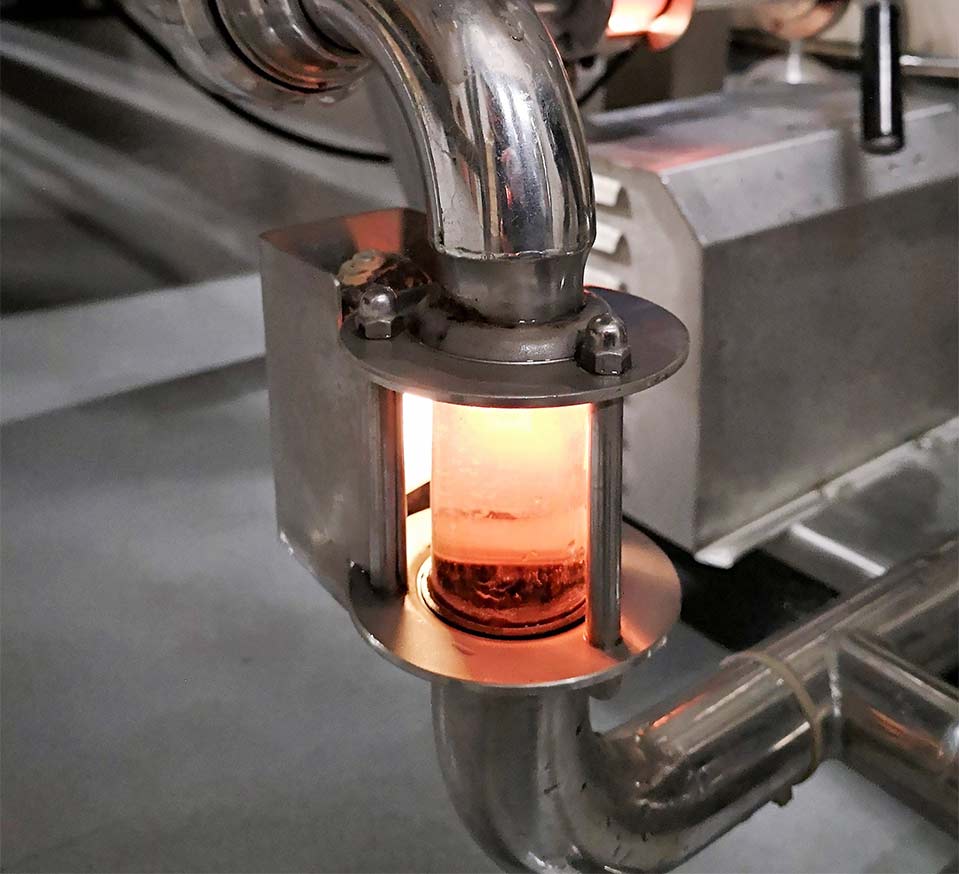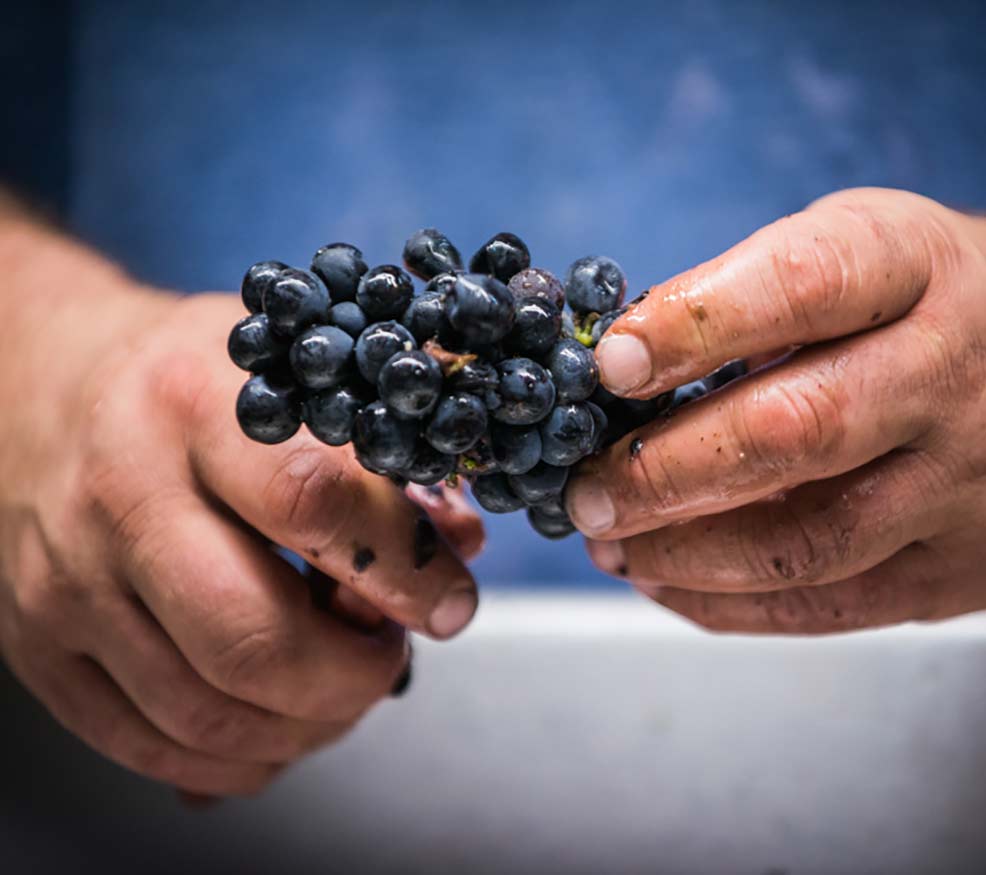Vinifications
The white wines from our vineyard
As soon as the grapes are harvested, they are transferred without mechanical intervention to the presses, where they are immediately pressed to minimize the time between harvest and pressing. After 48 to 72 hours of static settling, the must is clarified, and fermentation begins. Indigenous yeasts ensure the first part of the fermentation, contributing significant aromatic complexity, especially floral notes. Selected yeasts secure the end of fermentation to preserve aromatic purity and clarity. Prolonged aging on total lees adds complexity and structure while preserving fruitiness and freshness.


The rosé wine from our vineyard
Without prior maceration, Pinot Noir grapes are directly pressed after harvest. This direct pressing imparts a unique salmon color to our Sancerre rosé, giving it lightness and elegance. After 48 hours of static settling, the must is clarified and transferred to ferment in tanks. The fermentations at controlled temperatures continue over several weeks to provide the wine with maximum aromatic complexity. The first racking takes place in January or February. After fining, the wine may be filtered and bottled.
The red wines from our vineyard
A delicate grape of great finesse, Pinot Noir enhances aromas of red fruits (cherry, blackcurrant, blackberry). Its finesse is accentuated by a beautiful freshness and carried by silky tannins. The manually harvested grapes are first sorted on the vine. Deposited in 300-liter crates to be transported without compression to the cellar, they are sorted a second time before destemming and transfer to tanks. After cold maceration for 24 to 72 hours, fermentations start naturally or are induced by yeast, depending on the vintages or terroirs. They last for 10 to 15 days with a gradual temperature increase and gentle extraction through punch-downs and pump-overs. Malolactic fermentation takes place in barrels and tanks, usually starting in spring as temperatures rise.
